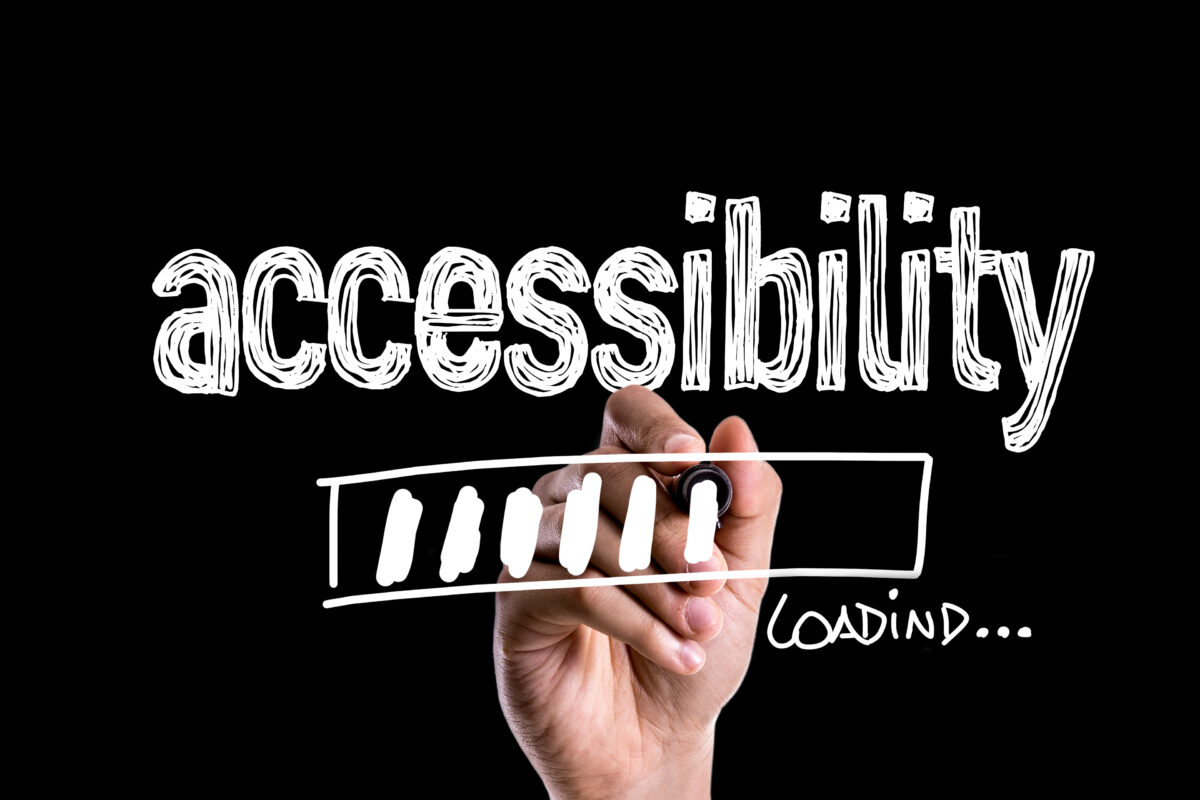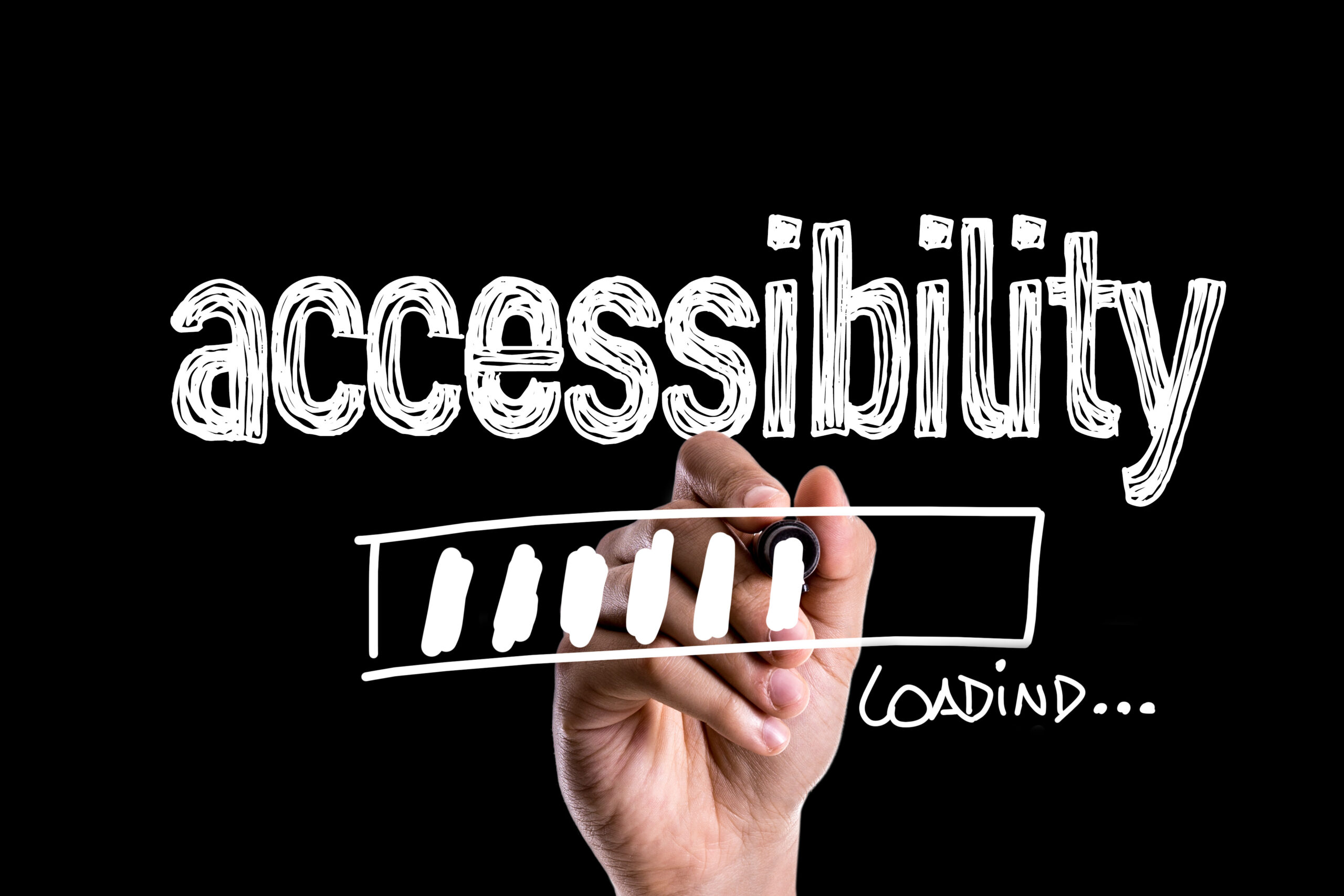“only 40% of working-age adults with disabilities have a job”
All businesses are required by law to be equal opportunity employers. However, even if a company does not discriminate during hiring or employment if its website isn’t accessible to people of varying abilities, that company is still prohibiting the largest minority group – people with disabilities – from seeking employment.
According to The Brookings Institution, only 40% of working-age adults with disabilities have a job – a rate that is about half that of people without disabilities (79%). Nearly 30 years after the passage of the American with Disabilities Act (ADA), the largest group of unemployed Americans is still people with disabilities.
Below are three ways that recruiters and HR executives can boost job applicant numbers and recruit a more diverse workforce through web accessibility.
Look to WCAG 2.0
Employment is central to the goals articulated by the ADA – equality of opportunity, full participation, independent living and economic self-sufficiency. Because job searches and applications today are primarily done online, websites are the main doorway to employment. It is critical that people with varied and changing abilities have access to websites in order to even be considered for a job, and that’s the first step toward employment. This is where the Web Content Accessibility Guidelines (WCAG 2.0), published by the World Wide Web Consortium (W3C), comes into play.
WCAG 2.0 is the gold standard for web accessibility and compliance. It outlines the necessary measures to make websites accessible to a wide range of users with different abilities. WCAG 2.0 states that websites must be perceivable, operable, understandable and robust. Failure to address any of these four pillars of accessibility can result in not only a lack of diverse job applicants, but also noncompliance and lawsuits. As companies recruit employees, they should consider first if their job site and company website adhere to the standards outlined by WCAG 2.0.
Monitor for Web Accessibility Early and Often
With today’s focus on diversity and inclusion, HR professionals are being more thoughtful when it comes to attracting the most diverse pool of job applicants. Naturally, website accessibility is imperative to achieving this goal. While web accessibility should be considered during the development stages of a business’s website, it is often left out. Testing for accessibility should be conducted in the same way a website developer would test for security – early and often, especially when posting job openings.
An accessible website is a good website for all users. Correcting accessibility at the source code should be done, but going back to make those corrections can be a long, tedious process and many organizations will be chasing accessibility rather than achieving it. Some web accessibility solutions require no modification to the source code of digital content or applications, allowing businesses carefully plan future source code remediation while their current website remains accessible. Through website accessibility, HR executives can pave the way toward more equal employment for those with disabilities.
Utilize the Latest Technology and Training
Finally, organizations should invest in accessibility tools and training to remain ADA compliant when posting jobs online. While there are in-house web development teams, they are typically trained to take a bare-minimum approach to accessibility. It’s important to deploy both automated testing tools and conduct manual scans for accessibility errors using the latest software available. This way, businesses can bridge the gap toward usability by ensuring things like navigation order and captions on job applications are presented logically and with accurate context and value.
For example, one of the most common complaints is that job application signatures often require a mouse. Imagine getting all the way through an application just to be barred from submitting it because the application signature requires the use of a mouse. When an organization invests in the right combination of accessibility testing, remediation technology, and training services, HR executives will benefit quickly when recruiting the right talent for the job.
By taking into consideration these suggested tips, HR executives and recruiters can open the digital door for all qualified job candidates, regardless of ability.
Authors
VP of Communications, User1st -- https://www.user1st.com/unews/user1st-appoints-raegan-bartlo-as-vice-president-of-marketing-and-communications/ Award-winning speechwriter, strategic public affairs professional, trusted C-Suite advisor with 20 years political communications experience in the private and public sectors. Wide-ranging experience in communications strategy, speechwriting, speech coaching, media relations and training, strategic event planning, social media campaigns, and crisis communications. Successfully designed and executed integrated communications campaigns to drive awareness, improve images, and influence public policy. German Shepherd rescue Mom and enthusiast, dog rescue 5k director, local soccer coach, and Girl Scout Mom.
Recruit Smarter
Weekly news and industry insights delivered straight to your inbox.






